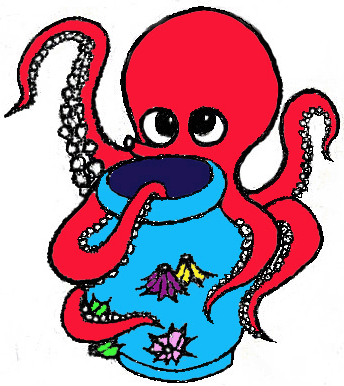|
To confirm
the limits and regularity of among-group variations in the craniofacial
morphology of Homo sapiens sapiens,
and, if possible, to determine some of the causes for the regularity, data of craniofacial
measurements and environmental variables were collected for many Homo s. s. populations of the Neolithic
to modern times in various regions of the world (687 male and 340 female
samples).
The
minimum and maximum values in the among-group variation of each craniofacial measurement were simply explored using the data collected. In a within-group multivariate space, it was
found that the PC scores for the mean vectors of craniofacial measurements in
almost all the samples were located within the ±2 SD ranges of the within-group
PC scores based on a single sample. This
finding suggests some complicated system or factors controlling the
coordination between substructures of the skull (or the body).
The PCAs of among-group correlations
between craniofacial measurements clearly indicate the existence of significant
common factors, namely, the robust evidence for regularity in the inter-population
variations of craniofacial morphology.
This means that our craniofacial morphology has not been formed only by
chance but, in part, determined by some inevitable controlling factors in the
human evolutionary processes.
In the PCAs of among-group correlations
between craniofacial measurements and environmental variables, it was found that
cranial breadth, upper facial height, bizygomatic breadth, and nasal height
tended to be larger in colder regions of higher latitudes; that basi-bregmatic height and nasal breadth tended to be
larger and, inversely, minimum frontal breadth tended to be smaller in the
regions more distant from Ethiopia and of lower latitudes where average
precipitation was higher and average temperature was also relatively high; and
that cranial length and cranial base length tended to be larger in ancient
times (for the past 7,000 years). In the
present study, these findings were interpreted as the results of evolutionary adaptation
to our natural and sociocultural environments.
As regards brachycephalization or
dolichocephaliztion, it was considered a phenomenon caused by the differential
adaptations and/or acclimatizations to our diverse natural and sociocultural
environments and by the difference in the way of connecting with other
characters between cranial length and breadth.
Path analyses indicated the existence of
unknown factors making a relatively large contribution to each craniofacial
measurement. This is not inconsistent
with the results of among-group PCAs.
In conclusion, the purposes of the present
study were partly achieved. The limits
and regularity of among-group variations in craniofacial measurements were
confirmed; temperature was reconfirmed in a global scale to be a very important
cause for our adaptaion to environment; and precipitation and humidity were
also suggested to be important causes.
But we must still collect more data of various environmental factors,
natural and artificial (cultural, social, etc.) and ancient and modern, to
clarify the causality for the formation process of our morphology.
 ACKNOWLEDGMENTS ACKNOWLEDGMENTS
|